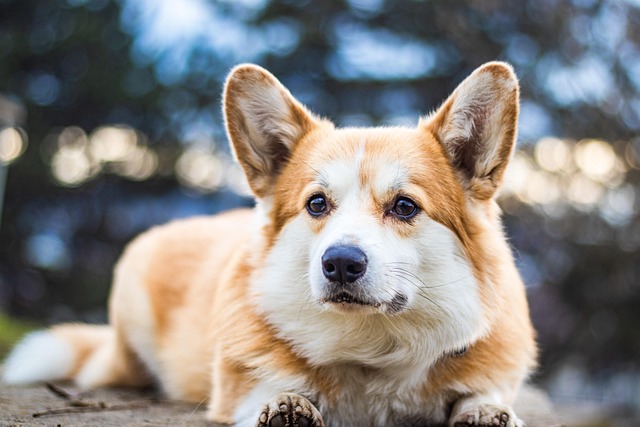
How can I tell if my dog's heatstroke is serious
Let’s be real: It’s a sticky August morning in Los Angeles, and you took your 2-year-old Golden Retriever, Max, for a walk a little later than usual
When night falls, we prepare a warm kennel for our dogs, but hesitate when we turn off the lights - is it really appropriate to let our dogs spend the night alone in the kennel? Behind this issue is our deep concern for the physical and mental health of dogs. As the closest family member of a dog, we not only hope that it has an independent and safe resting space, but also worry about it feeling lonely and scared in the long night. Scientific research and practical experience tell us that as long as the methods are appropriate, dogs can completely enjoy a peaceful sleep in the kennel.
From the nature of dogs, kennels can satisfy their instinctive need for a nest. In the genes left by wolf ancestors, each individual needs exclusive territory to ensure safety. A kennel is like a "private castle" for dogs, providing them with a sense of psychological security. According to research by American animal behaviorist Stanley Cullen, dogs with a fixed sleeping area have a 27% lower anxiety index than those who sleep casually. This sense of security is particularly important for working dog breeds such as Border Collies and German Shepherds, as it can help them better recover their energy.
Choosing a suitable kennel is the crucial first step. The ideal kennel should meet three golden standards: sufficient space for dogs to stretch their bodies but not empty, safe and environmentally friendly materials with good ventilation, and a location away from the wind but able to sense the movements of family members. For example, a Golden Retriever requires at least 1.2 meters by 0.8 meters of space, while a Chihuahua is suitable for a cozy nest measuring 60 centimeters by 50 centimeters. In winter, electric blankets can be laid in the kennel, while in summer, heat dissipation pads should be equipped to maintain a comfortable temperature range of 22-26 ℃.
Training dogs to adapt to kennels requires gradual guidance. The puppy stage is the best adaptation stage, and the kennel can be arranged as a "happy corner" to place old clothes and favorite toys with the owner's scent. Adopting the "progressive separation method": in the first few days, keeping the kennel door open and reading with the dog nearby; In the second week, gradually extend the departure time and reward snacks every time you return; Try turning off the lights and leaving in the third week. This method has been proven to establish positive associations in 93% of dogs within two weeks.

Special care is needed during special periods. Older dogs may be reluctant to enter the kennel due to joint pain, and ramps and memory pads can be installed inside the kennel. Sick dogs need to move their kennel to near the owner's bedroom for easy care at any time. In bad weather such as rainstorm and thunder, white noise can be played to soothe the mood. These details not only reflect scientific management, but also convey the warmth of family.
Watching the dog peacefully sleeping in the kennel, we can feel its trust in us. This trust stems from scientific management, careful preparation, and continuous care. Every kennel is a safe haven for dogs, carrying our expectations for their healthy growth. When the morning sun shines into the room and we see the dog walking out of the kennel with great energy, the happiness at that moment is the best reward for all our efforts.

Let’s be real: It’s a sticky August morning in Los Angeles, and you took your 2-year-old Golden Retriever, Max, for a walk a little later than usual

You're enjoying a summer afternoon at the park when you notice your dog has stopped panting and appears disoriented - their gums are bright red

Let’s paint the picture: You’re in your Denver apartment, watching your 4-year-old Boston Terrier, Ruby, plop down mid-play session with her favorite toy

Many dog owners notice their pets nails seem shorter after regular walks,but how much does this daily activity actually help?The answer depends on where you walk—concrete sidewalks or asphalt streets gently file nails as a dog's paws hit the ground

Most dog owners notice their pup scooting across the carpet at some point, but few connect it to impacted anal glands. These small sacs near a dog’s rectum secrete a scent for marking territory

Most vets agree that regular dog teeth cleaning is key to avoiding painful dental issues later. For healthy adult dogs, a professional cleaning at the vet’s office every 12 to 18 months usually works well.